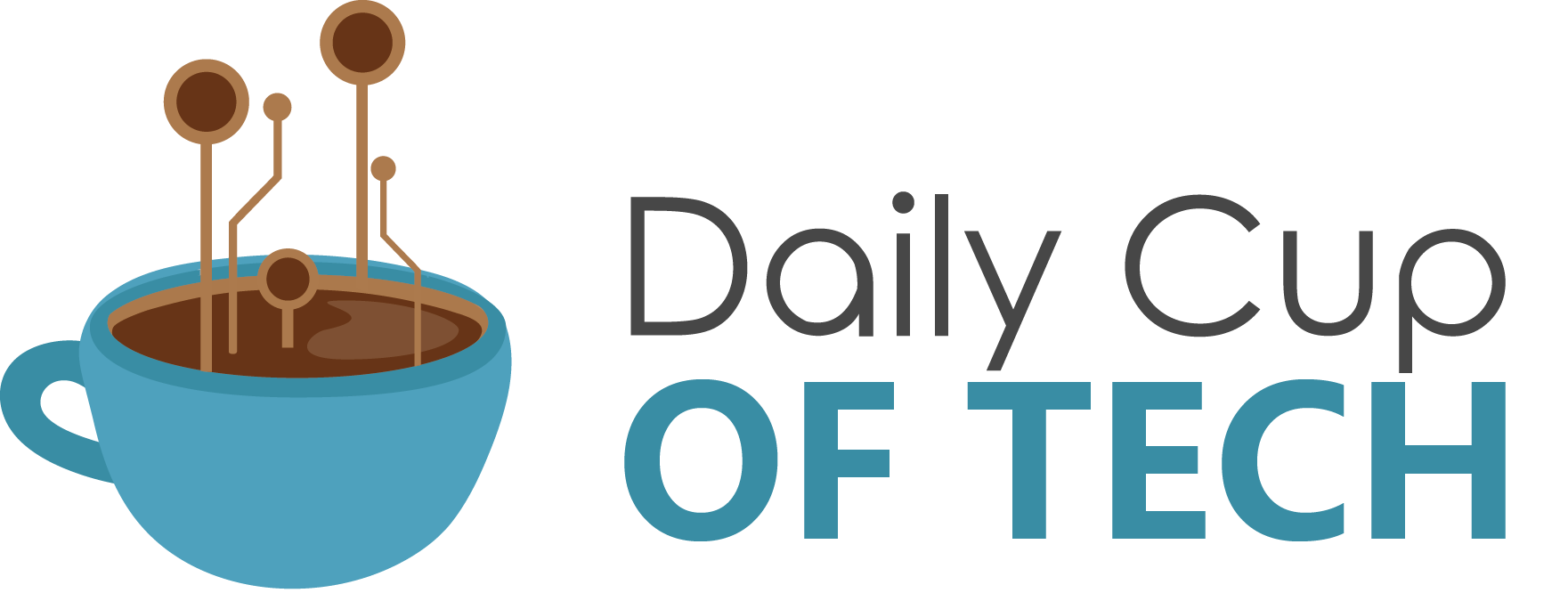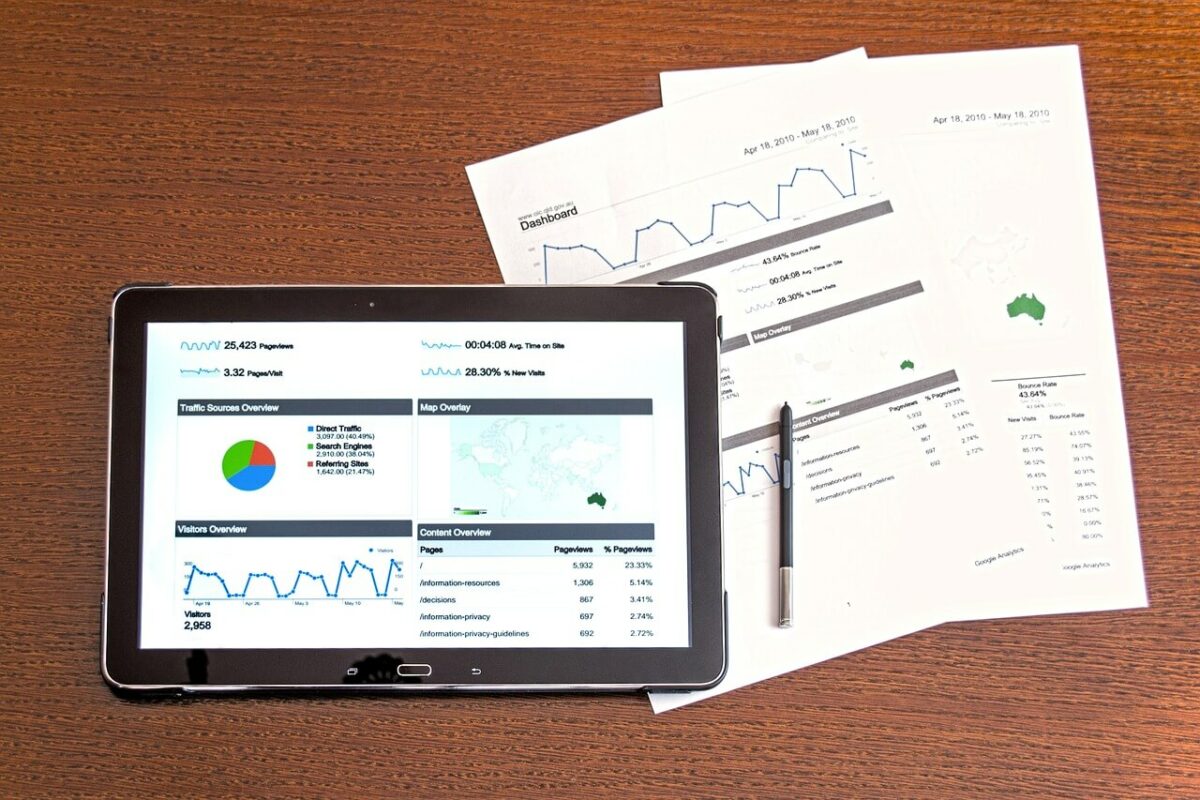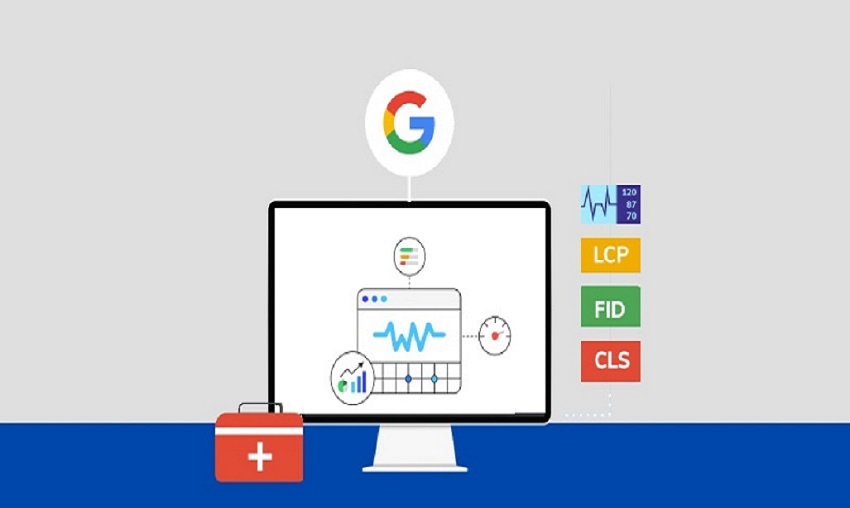
Simple Ways Tech Can Help Automate Business Admin Processes
Automating business admin processes can have a number of benefits for organisations, including reducing resource required, saving money, opening up capacity to take on additional, value added projects, as well as reducing the change of human error. Automating processes saves both time and money, key to keep an organization profitable and successful.
Technological advances in the last few years have made automating processes much quicker, easier and cheaper, as well as simple to implement in organizations of any size. The automations can support with many different areas of the organization, and can be divided into core and support functions: core functions are those that generate income (i.e. the primary reason the business exists), and support functions are the ones that allow that core activity to happen, such as HR and finance functions.
- Customer Service
A number of customer service processes can be automated without losing the human touch. In fact, automating the behind the scenes processes can free up more time for organizations to give their customers the personal, human touch.
Systems can be implemented to provide an accurate and quick service at the initial stage, increasing customer satisfaction. More sophisticated software will also identify how customers like to be contacted, and additional follow up systems can keep customers warm, maximising sales potential and return on investment.
- Finance
Organizations can use smart finance systems to monitor transfers of funds, payments from customers and payments internals and to third party suppliers. This overview across all platforms, such as digital wallets, bank transfers, credit and debit cards, and checks, means that it is much easier to spot if things go wrong.
Quickbooks offers a range of options for businesses of any size to maximise their fraud prevention, thus minimising loss and insurance costs. By providing business with fraud-proof checks that offer protection against counterfeiting and tampering, they support with the other automated processes that limit the potential financial risks to organizations when dealing with multiple payment methods.
- Management
By having automated systems in place to monitor time and attendance, leave, sickness and performance, managers are able to spend more time on value added activities with their teams. Not only are business costs better managed, a consistent approach is taken across the board to employee management, helping to boost morale.
Additionally, at all management levels, it becomes possible to view areas of concern, where things are working well, and guide strategy going forward to help grow the business, and KPIs can be set in line with corporate strategy across the board.
- Increased Employee Productivity
By automating repetitive processes not only is human error eliminated, but processes can also happen faster, as variations in speed due to staff morale, sickness and so on no longer impact these processes. It also means that as these things happen faster, the support activities that go alongside these can happen more swiftly and with greater certainty. For example, automating payroll means that amendments, which would need to be manually entered can be done more quickly and with greater accuracy.
- Staff retention
By investing in technology, organizations better equip their employees to be successful, which tends to lead to a happier workforce that is less likely to leave. Investing in technology also signals to employees that the organization is current and keeping up with the competition, instilling confidence and loyalty from employees. Technology also provides flexibility for home or remote working, allowing a more flexible approach to work, improving the all-important work-life balance.
Automation of certain processes can be hugely beneficial to organizations. Repetitive data-driven activities can be improved through the use of technology, eliminating human error and freeing up resource for other work. However, automation must not come at the expense of a tailored approach that supports all internal and external stakeholders.











